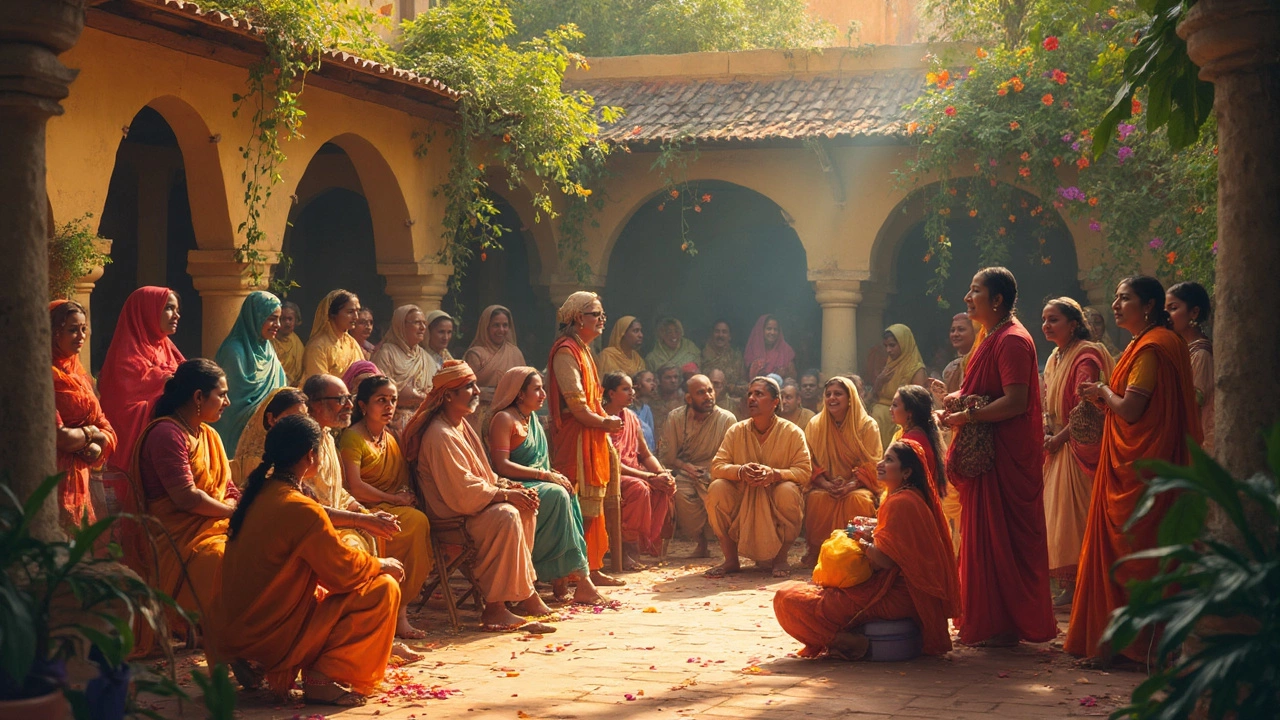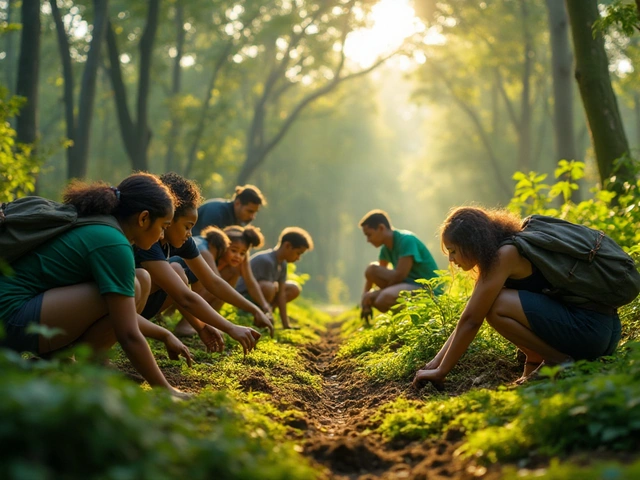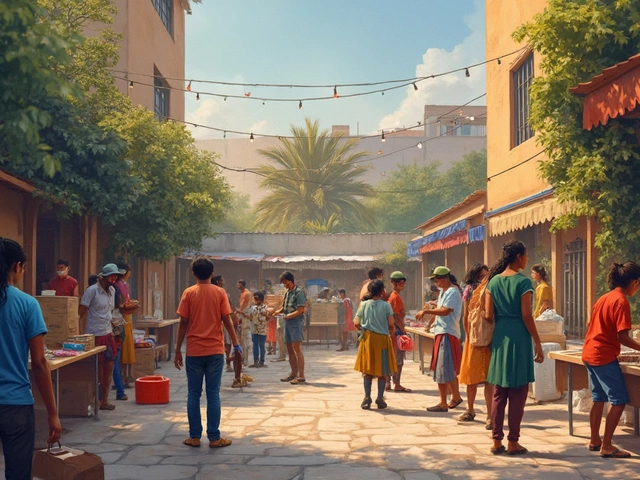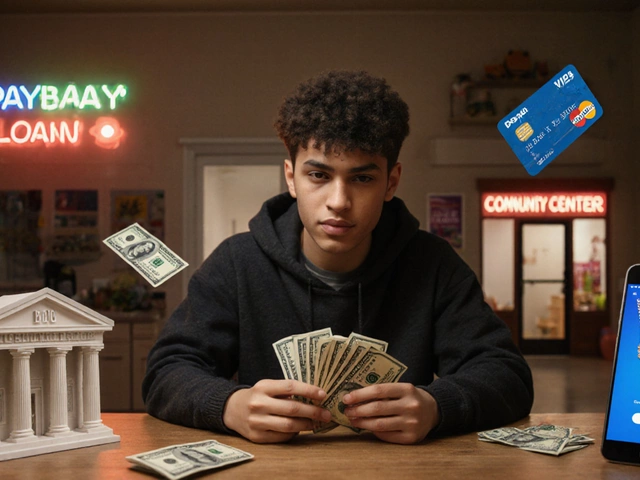Imagine getting a flyer about a new project in your neighborhood, but it’s full of jargon, makes weird promises, and doesn’t mention anyone local. Not inspiring, right? Good community outreach doesn’t just tick boxes or hand out glossy brochures. It’s about listening, showing up, and actually valuing people’s voices instead of treating people like numbers on a spreadsheet. The magic starts when people feel heard, seen, and respected, even if they don’t always agree with what’s going on.
Listening Before Leading: Rooting Outreach in Trust
Trust doesn’t appear overnight. It takes more than a few meetings or an enthusiastic social media post to build. Community outreach that works always starts with listening—real listening. Let’s be honest, nobody likes to feel like they’re sitting through a one-way sales pitch. Good outreach flips the script and prioritizes the questions and concerns of the people actually living in the area or affected by an initiative.
A simple example? When the Wellington City Council wanted feedback on waterfront changes two years ago, they didn’t just put up an online survey and hope for the best. They ran drop-in evenings at the local library, set up coffee chats outside the train station, and even made the feedback forms available in several languages, including Te Reo Māori and Samoan. This isn’t a wild, radical idea—it’s about making sure everyone has a real way to take part.
Listening means being genuinely curious about people’s experiences and values. Turn up to where people already gather: sports clubs, book groups, Sunday markets, even the school pick-up spot. Casual settings give people space to be honest, especially if they feel nervous about saying the “wrong thing” in a stuffy meeting room. The best outreach workers blend in and blend out—they don’t make themselves the star of the show.
Active listening gets amplified when you feed back what you’ve heard. This could mean summarizing discussions plainly and checking you got it right, or even posting sticky notes of people’s ideas on a wall at the local hall. My neighbor’s feedback was once featured on a mural along Wellington’s waterfront—it sounds small, but she still talks about how cool it felt to be part of something real. The goal is to show people you’re not just ticking a “consulted public” box—you’re weaving their ideas into decisions.
And trust isn’t one-size-fits-all. For migrant communities or those that have felt ignored (or burned) by local authorities before, it takes more effort. Outreach here might mean working with faith leaders or cultural ambassadors, using translators, or providing childcare so parents can join in. If outreach staff all look the same or don’t get the cultural nuances, it can be impossible to build rapport.
Here’s a quick snapshot of what effective outreach looks like, based on a survey from Victoria University in Wellington last year:
| Outreach Method | Percent of People Who Felt Heard (%) |
|---|---|
| In-person workshops | 81 |
| Paper surveys (in multiple languages) | 62 |
| Online-only campaigns | 45 |
| Collaborative art/community projects | 74 |
People connect more with face-to-face, creative methods than with things that feel faceless or automated. But it’s not about picking just one approach—mixing them up works best, because not everyone communicates the same way.
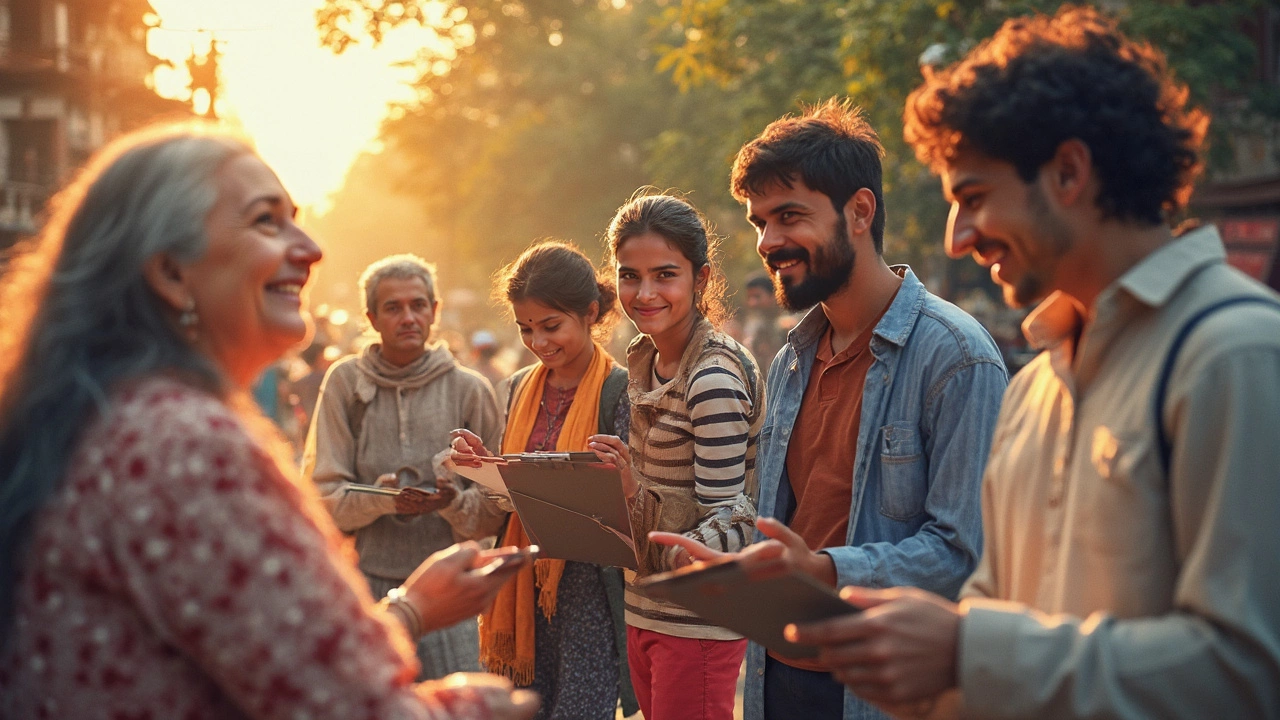
Involving the Community: Moving from Talk to Action
So you’ve listened—now what? Too many projects die right here, because they get bogged down in big reports or disappear into endless planning meetings. For outreach to mean anything, the next step has to be action that involves the community at every level.
Think of the outreach for Wellington’s urban gardening initiatives. Local agencies realized they kept getting the same people at their meetings—mostly folks already into gardening, not residents who might want to learn or try something new. So outreach teams changed tactics: they invited local musicians to play at pop-up gardening days, hosted seed swaps at street fairs, and even recruited school kids to help design community garden plots. Suddenly, a wider mix of people started showing up—and taking ownership. There were fewer formal speeches, more muddy hands, and a real buzz around the events. Now, you’re not just consulting, you’re collaborating.
Good outreach invites people onto the actual project team, not just into a side-room for feedback. Bring residents, community elders, or youth leaders into decision-making panels. If you’re planning a new park, have nearby families or schools co-design layouts. Let people experiment, lead, or even disagree openly. Disagreement isn’t failure; it means people care enough to get involved and want to shape better solutions.
This approach also helps avoid “outreach fatigue” – that tired sense people feel when their time is wasted on endless surveys or meetings, but nothing changes. When participants see their advice put into practice—maybe it’s safer street crossings, a mural on a whitewashed wall, or teen-friendly hangouts—they become allies, not passive bystanders. Suddenly, they want to spread the word for you, drawing others in.
One project in Lower Hutt tried to tackle youth boredom with a top-down plan for a giant skatepark, but lost steam because the council never asked actual skaters what they wanted. Once the council started letting teens help decide ramp shapes and paint the walls themselves, teens became fiercely protective of the space and eager to help maintain it. Involvement breeds respect and responsibility.
- Share updates at every step—people don’t want to hear “We’ll be in touch.”
- Be transparent about what you can and can’t change. Authenticity matters more than empty promises.
- If you hit a wall—maybe a project can’t happen the way people hoped—explain why, brainstorm alternatives, and never just vanish. You owe people feedback every time they contribute their ideas.
Collaboration isn’t a buzzword, it’s a skill. Strong outreach workers are sometimes part diplomat, part event host, and part community member. It helps to remember names, faces, and important details. If someone borrows a spade at a working bee, say hello the next time, and ask how their tomatoes are growing. Tiny gestures build lasting relationships. Even my cat, Luna, has become a regular at our local garden events, sitting on laps like she’s on the committee.
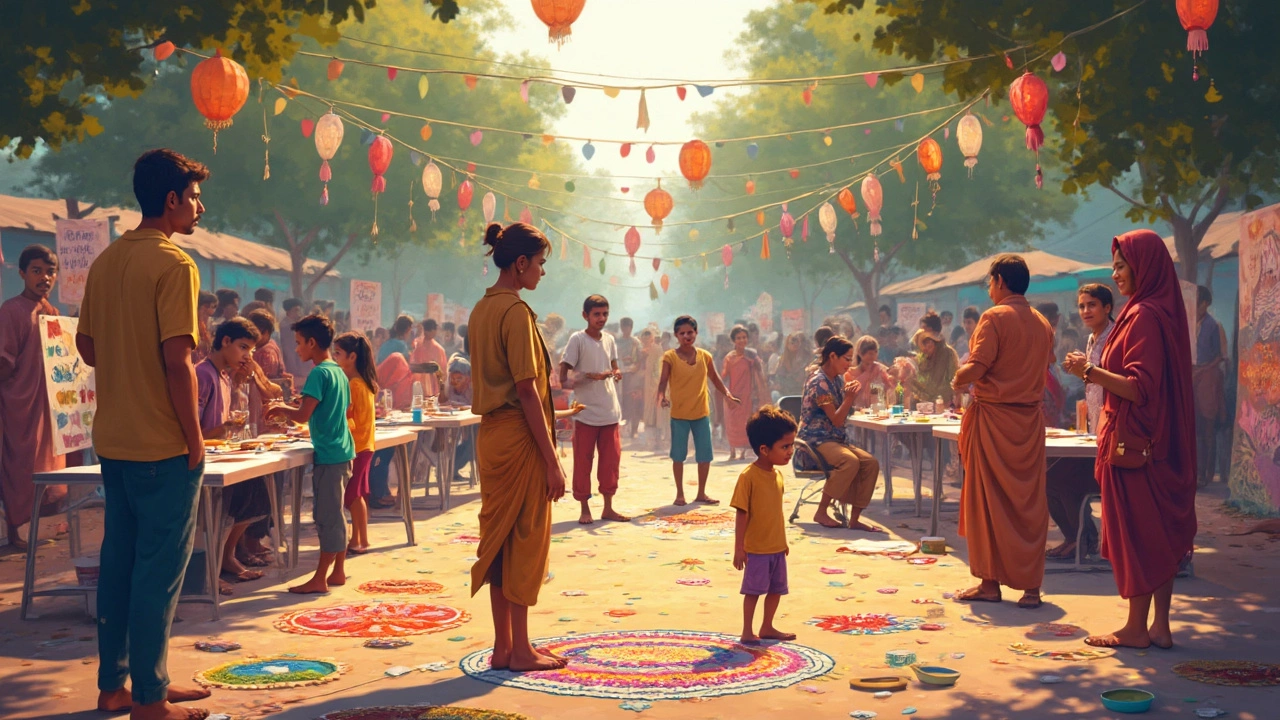
Measuring Impact and Keeping Outreach Meaningful
Good community outreach doesn’t just feel good—it has to make a measurable difference. Here’s the crunch: how do you know if your outreach is having a real impact, not just making people nod politely then forget about the whole thing?
Plenty of parts can be measured. For example, Wellington’s bio-blitz initiatives—where locals work with scientists to count plant and animal species—track both participant numbers and biodiversity data before and after. They also count how many people join for the very first time, and whether folks from different age groups, ethnic backgrounds, and neighborhoods get involved. Recently, they noticed a 30% increase in school-aged participants after switching up outreach from paper newsletters to interactive workshops at local libraries. That’s a specific, human-focused change.
But not all results can be measured in hard numbers. Sometimes, it’s about stories or small shifts in people’s attitudes. Are volunteers coming back? Do people bring their kids or spread the word to neighbors? Is there less pushback or more creative energy around projects? One Wellington eco-hub keeps a “gratitude wall” where anyone can write why they joined an event or how it made them feel. When that wall fills up, it signals a real sense of connection and pride—stuff you can’t always fit easily on a spreadsheet.
Don’t shy away from honest feedback. If a project goes sideways, own up and ask how things could improve next time. Invite critics into your circle. Some of the most lasting ideas come from the people who challenge your plans, not just those who say yes all the time. When a Northland suburb lost its community swimming pool due to budget cuts, the angry response led to a smarter fundraising scheme and an eventual rebuild—the pushback was the spark for a stronger, fairer solution.
Keeping outreach fresh means going beyond one-off efforts. If you only pop up for consultations every few years, trust slips away fast. Make outreach a regular part of everyday life. Sponsor youth-led film nights, support small local businesses at events, run ongoing listening “clinics” at popular spots, and actually follow up—years, not just months, down the line.
Here are a few quick-fire tips to make sure outreach keeps delivering value:
- Work in partnership, not in isolation—collaborate with existing community groups, schools, and businesses. Local champions know best what their area needs.
- Use multiple communication channels—mix in-person, online, creative, and multilingual strategies. Accessibility is key.
- Reflect the community’s diversity in your team. Pay attention to who’s not at the table and actively invite them.
- Be patient—genuine engagement takes time. Sometimes results only show up years later.
- Learn from every outreach effort. Keep notes, capture feedback, and adjust next time—outreach is always a work in progress.
Community outreach isn’t about being perfect, but about being human. People can spot when things are fake or just for show. What’s needed most is sincerity, flexibility, and the humility to learn from mistakes. Even the best outreach project can fail if people feel left out or misunderstood. But amazing transformation can happen if you start by listening, connect over real action, and keep the door open for anyone willing to care enough to join in.
So the next time you’re out walking along Wellington’s windy coast, glance over at a community garden, a mural, or a bustling weekend market. Odds are, behind every successful project, there’s a ripple of small, genuine outreach moments. That’s where the secret sauce really lies.
